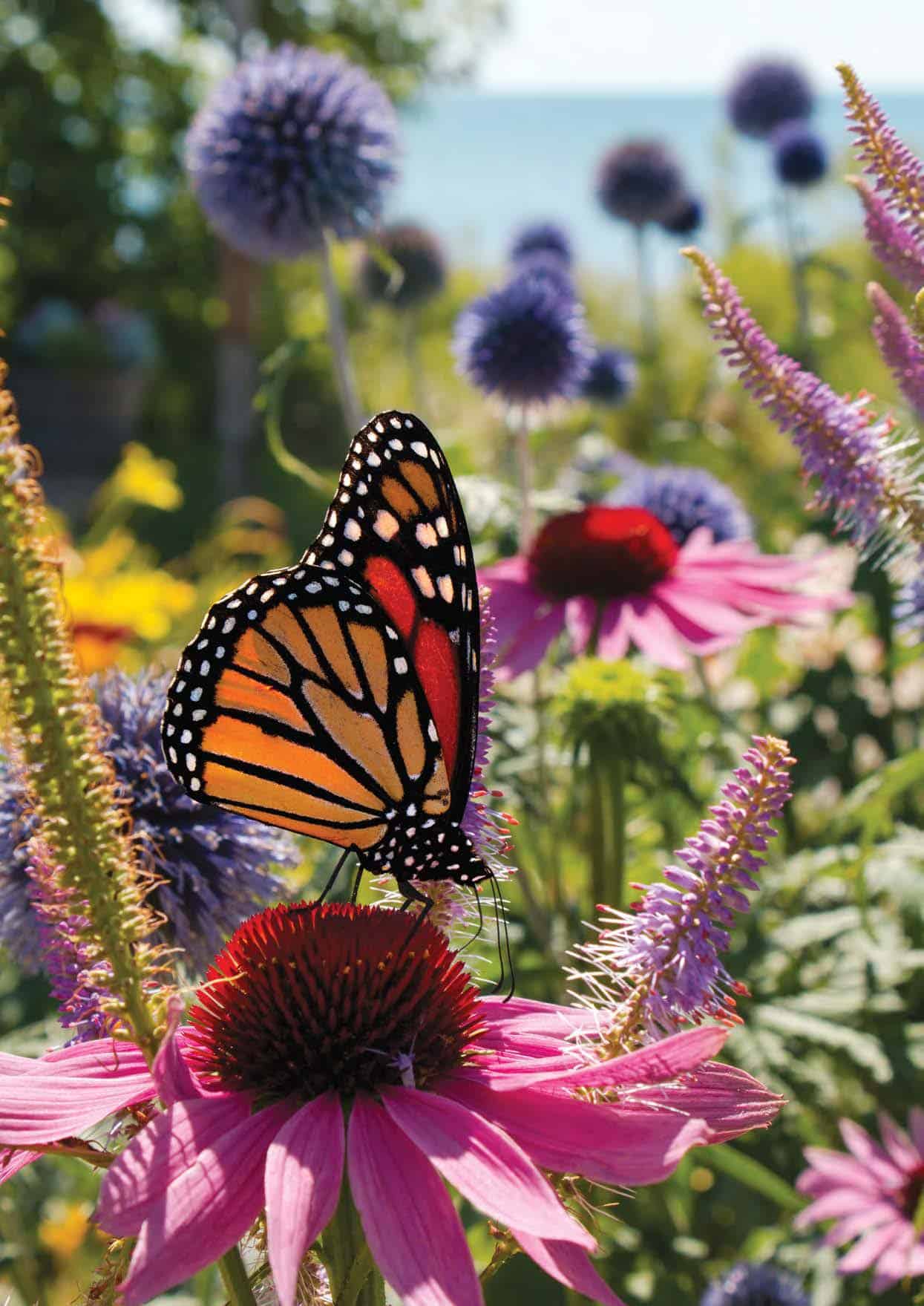An ecosystem is a community of organisms interacting with each other and with their physical environment. It functions as a complex, self-sustaining natural system that meets its needs without waste.
‘The ecological imperative’ states that humans are part of ecosystems, and must acknowledge their interrelationship with and interdependence upon such systems. Permaculture follows this imperative, to integrate and transform human societies so they can live in sustainably designed and highly productive ecosystems. In such systems self-interest is aligned with the common good. For these reasons permaculture is often called ‘the cultivated ecology’.
Networks in ecosystems provide the relationships of reciprocity; the giving, taking and sharing that makes life possible. And it’s our ethical task to design ecosystems that optimise the number of productive species, use energy and matter effectively and move towards ecosystem stability and perpetuation.
When designing systems in our own lives, our ecological aims should be to preserve genetic diversity, respect the right to life of all species to contribute to ecosystem structure, allow ecosystems to evolve under changing conditions and to use species and habitats sustainably so the essential life- sustaining processes can continue intact. Because if we don’t have ecological design aims we run counter to basic, and often unknown, laws of nature with serious consequences – it’s like taking the bottom out of a pyramid, destructive effects multiply and affect other connected systems.

